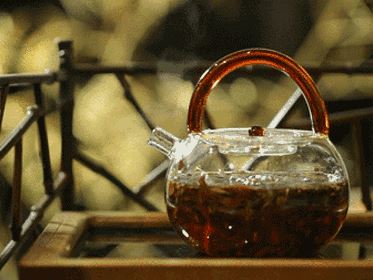
Black Tea is the world's Black Tea, and the world is the realm of black tea.
China, as the birthplace of tea, is also the origin of black tea.
Records show that black tea first flowed into Europe in 1610.
In 1662, when Princess Catherine of Portugal married King Charles II of England, her dowry included several chests of Chinese black tea. From then on, it quickly became an indispensable part of British royal life.
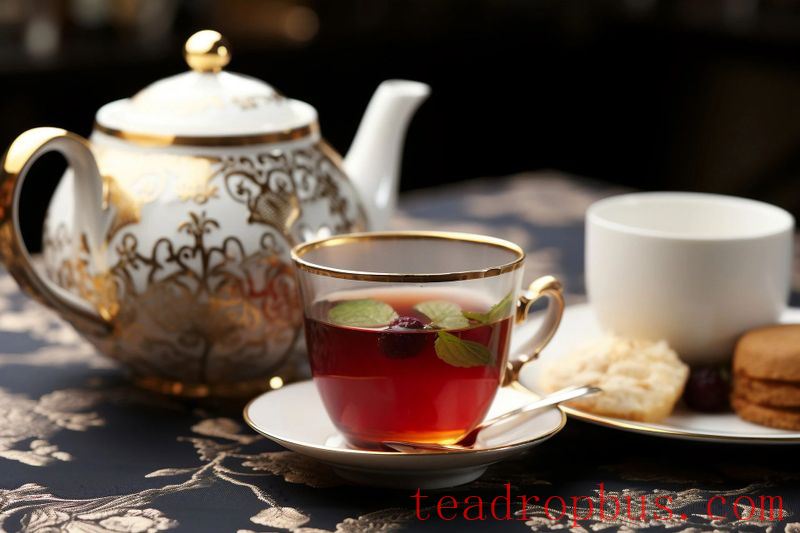
Image | Black tea is a “social butterfly” in the tea world.
Subsequently, black tea lived up to its reputation as a “social butterfly” in the tea world, rapidly gaining global popularity. It has become the most widely produced and consumed tea outside of Green Tea-consuming countries like China and Japan. It is the world's largest tea category and the dominant tea type in international tea trade.
Black tea, being a fully oxidized tea, undergoes enzymatic oxidation under the action of oxidase, reducing the content of tea polyphenols, thus minimizing gastric irritation. Paired with honey or milk, it can protect the gastric mucosa; if one suffers from poor appetite, drinking an appropriate amount of black tea before meals can increase gastrointestinal motility. Its mild nature makes it particularly suitable for consumption during autumn and winter.
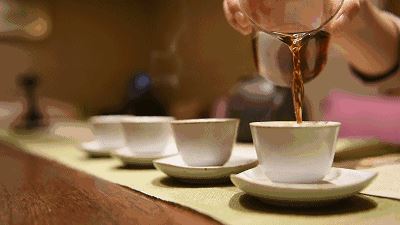
Image | The mild nature of black tea makes it suitable for autumn and winter consumption.
1
Chinese Black Tea, Outstanding in Hubei
Chinese black tea comes in many varieties, but differences in production areas, tree species, and processing techniques result in significant variations in quality and taste.
In March this year, according to statistics by the Organizing Committee of the China Landmark Festival, there are currently 41 national geographical indication black teas in China, with a total brand value exceeding 139.1 billion yuan. Four tea brands from Hubei made the list: Lichuan Gongfu Black Tea, Yidu Yihong, Wufeng Yihong, and Xiangyang Black Tea. The total brand value of Hubei's black teas reached 7.799 billion yuan, ranking fifth in the country, following Fujian, Hunan, Yunnan, and Anhui.
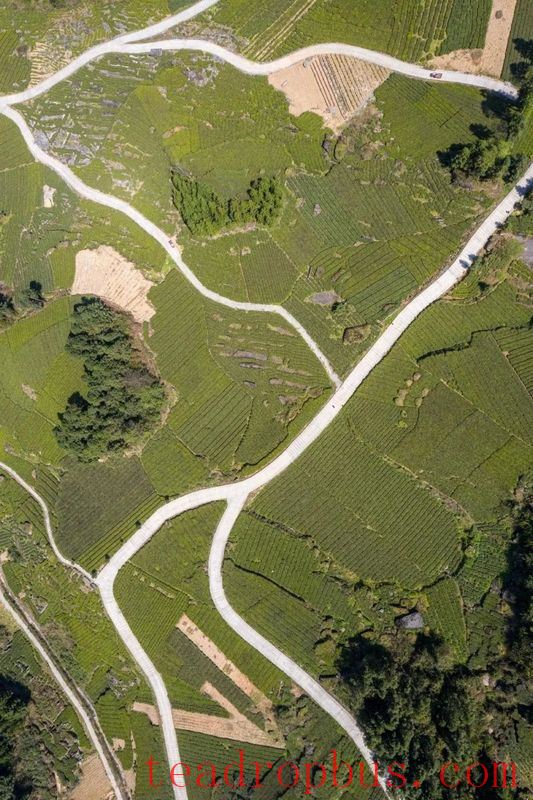
Image | Tea fields in Maoba Town, Lichuan City.
In May, the China Tea Marketing Association announced the results of the 2025 “Yihong Cup” black tea quality benchmarking. Black tea products submitted by Hubei won 12 top grades, 29 first grades, and 17 second grades, accounting for 40%, 48%, and 31% respectively among similar products nationwide.
Zhuo Wankai, chairman and general manager of Lichuan Xingdoushan Black Tea Co., Ltd., predicted: “Among the six major categories of tea—green, black, Oolong, yellow, white, and dark—Hubei tea currently has the best chance of becoming number one in China in black tea.”
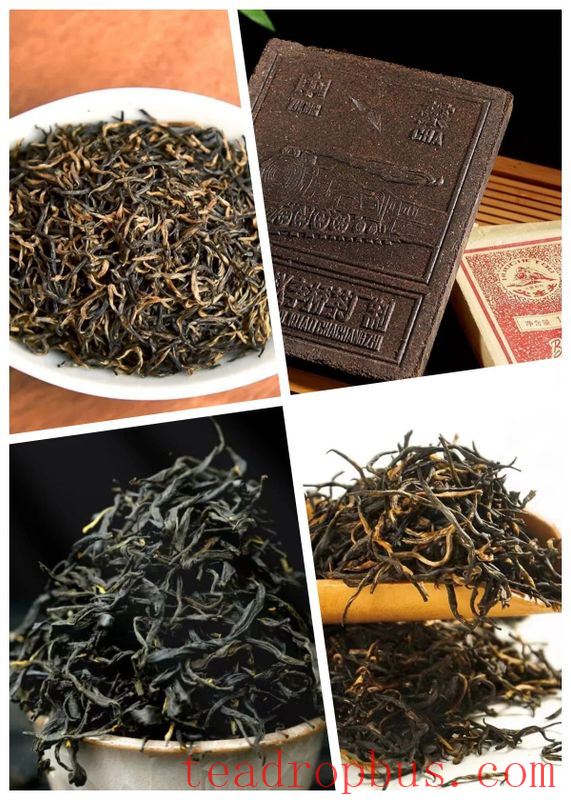
Image | Chinese black tea, outstanding in Hubei.
2
Hubei's Top Ten Black Tea Origins and Names
Hubei is one of the original birthplaces of Chinese Tea, with a long history of tea culture; it is also one of the origins of Chinese tea culture, with profound cultural heritage.
In 2025, there were 19 counties in the province with tea garden areas over 100,000 mu and 11 counties with areas over 200,000 mu, as well as 12 “Famous Tea Hometowns in China.”
Almost every place in Hubei where tea is grown produces black tea, each with its unique regional characteristics, forming a broad and diverse “black tea universe” in Hubei.
In 2025, the Fruit and Tea Research Institute of the Hubei Academy of Agricultural Sciences and the Hubei Engineering Research Center for Tea conducted a study titled “Analysis of Characteristic Aromatic Components in Hubei Black Tea” (hereinafter referred to as “The Analysis”).
The following is a summary of Hubei's top ten black tea origins and the characteristic aromas of their local black teas based on “The Analysis.”
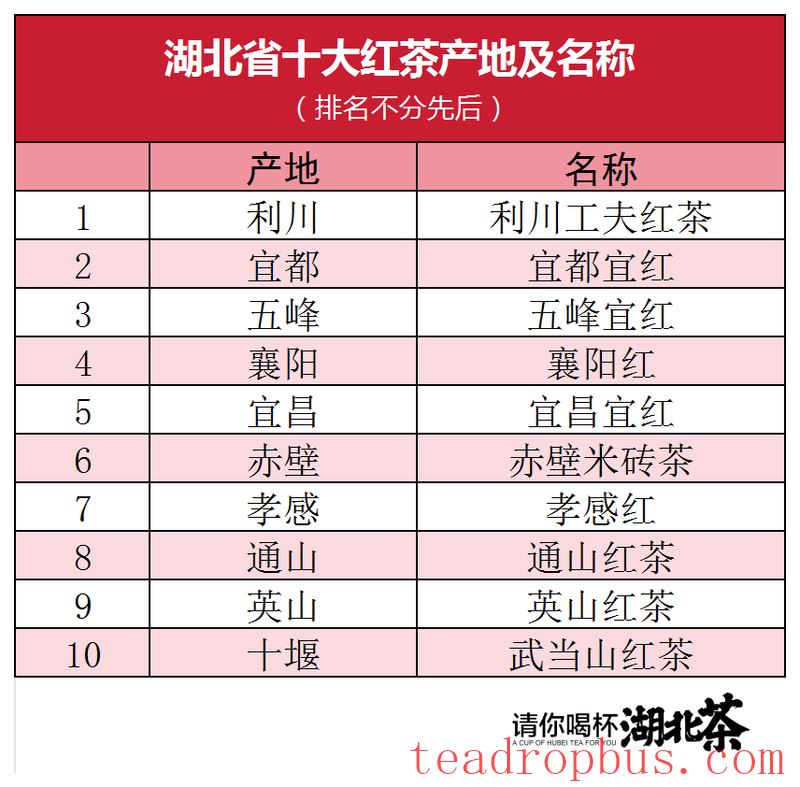
Image | Hubei's Top Ten Black Tea Origins and Names (in no particular order).
3
National Geographical Indication Black Teas of Hubei
Hubei's black tea is mainly produced in the Enshi and Yichang regions. In recent years, with the rise of the black tea industry, tea-growing areas such as Xiangyang have also begun producing black tea. Among the 41 national geographical indication black teas in China, the four representatives from Hubei are concentrated in these three regions.
“The Analysis” evaluated 32 samples of Hubei black tea through sensory analysis. According to the evaluation results, all samples possess the characteristic sweet fragrance typical of black tea, but there are differences between regions. For example, black teas from the Yichang region tend to exhibit a sweet fragrance, rich and persistent; those from Enshi have a sweet honey-like aroma, with some samples having floral or fruity scents; black teas from Xiangyang have a sweet and pure fragrance that is persistent, with some having a high-fired aroma.

Image | Sensory evaluation results of Hubei black tea aromas.
Origin: Lichuan
Brand: Lichuan Gongfu Black Tea
Lichuan is surrounded by mountains, with an average elevation of 1,100 meters and a vegetation coverage rate exceeding 60%. The unique natural conditions of high mountains shrouded in clouds, warm and humid climate provide an excellent environment for tea trees to thrive.
Lichuan Gongfu Black Tea, nurtured in near-pristine ecological conditions, has a bright and transparent infusion, good body, clear and stable taste, well-controlled bitterness and astringency, a harmonious sweetness, and a smooth aftertaste.
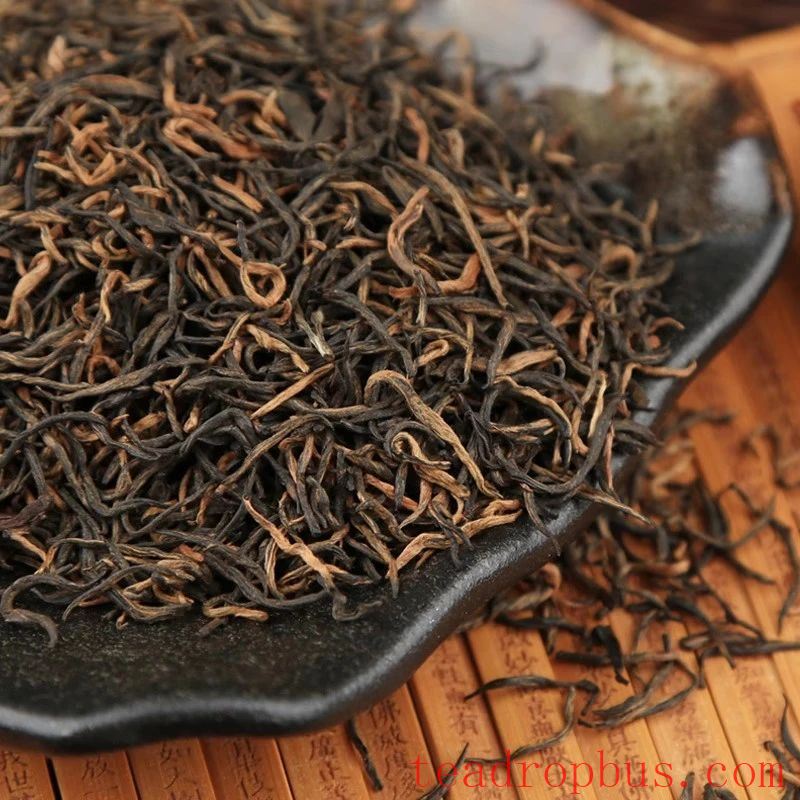
Image | Lichuan Red
Origin: Yidu
Brand: Yidu Yihong
The Yangtze River is majestic in Yidu, while the Qingjiang River is graceful, with “two rivers flowing side by side, mountains and water integrated.” Here, rivers crisscross, the climate is temperate, the